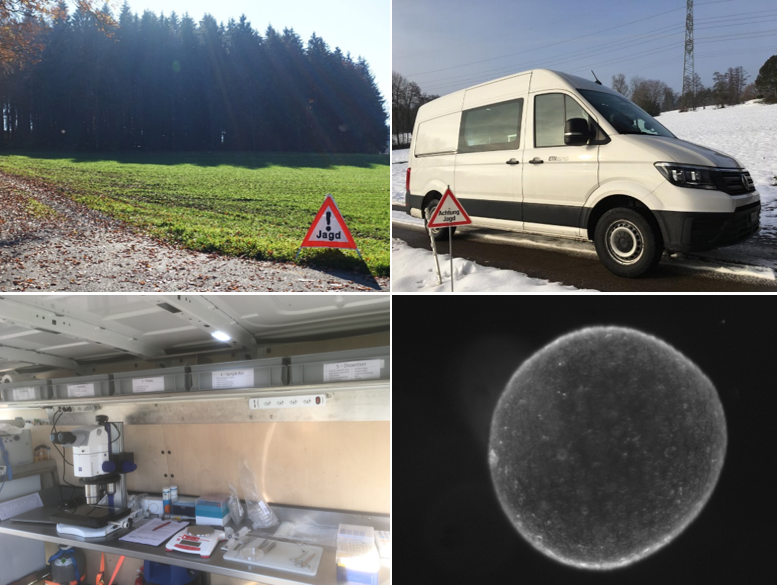Diapause in roe deer
In 1843, embryonic diapause has first been described in the European roe deer (Capreolus capreolus). Today, it is known to occur in more than 100 different mammalian species. In roe deer, fertilisation takes place in July/August. During a 4-5 month period of embryonic diapause, the embryo rests in the uterus and developmental pace is largely reduced, as implantation only takes place in December/January. We aim to unravel key factors involved in the regulation of this intriguing phenomenon. We use the roe deer as a model organism to study changes in endocrine hormones, transcriptome dynamics in the endometrium and the uterine microenvironment that impact on the slowly developing embryo. We aim at gaining insights into early embryo development to identify factors that can be used to halt development of embryos in other species.

